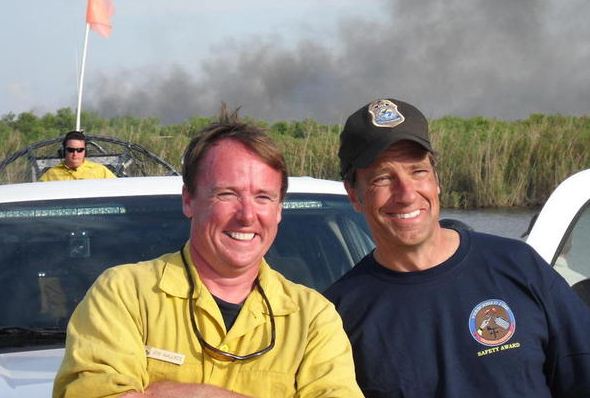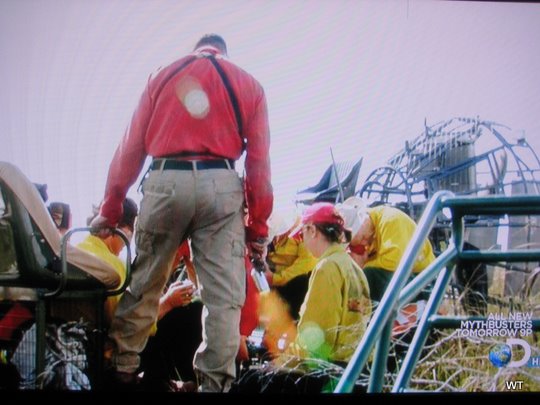A recent study concluded that marathon runners suffered temporary damage to their hearts. It was a small sample size but of the 20 runners studied that ran in the 2008 Quebec City Marathon, 19 of them lost cardiac function in over half of the 17 segments of the heart. The good news is that when the runners were evaluated three months later their hearts had completely recovered.
There were at least two factors that affected the amount of damage to the heart function. The runners who were most fit, as measured by a VO2max test before the race, had the least damage. And dehydration was associated with greater damage.
Does this apply to wildland firefighters?
I am certainly no exercise physiologist, but I can’t help but wonder if any of this is applicable to wildland firefighters, for example working on a hot shot crew, performing extremely strenuous work for 8 to 16 hours. When a hot shot crew member is cutting fireline while carrying 20-30 pounds of gear thousands of feet above sea level, their heart rate is likely to be quite a bit above a resting heart rate. I have hiked up steep hills on fires when I was sure that my heart was working at close to its maximum capacity.
Between 1990 and 2006, 22% of the wildland fire fatalities were due to heart attacks. Training or testing can be hazardous or even fatal. According to the report “Wildland Firefighter Fatalities in the United States: 1990–2006” (NWCG 2007) 11 fire personnel died while preparing for or taking the work capacity test. Another died in 2007.
In a study done to evaluate the physical effects of taking the Pack Test and the old Step Test, the mean heart rates measured were 144 and 135, respectively. The study concluded that taking the Pack Test requires subjects to perform at approximately 65% of maximal effort. There are definitely times when a firefighter is working harder on the fire line than when they are taking the Pack Test.
A marathon lasts about 3 to 5+ hours. A typical heart rate for a marathon runner is about 140.
I’m not saying that working on a hot shot crew is like running a marathon, but you have to wonder if any of the findings in the study are applicable to firefighters.
Hydration
Since hydration was associated with greater temporary damage to the heart, this might be one more reason why wildland firefighters, especially those assigned to large fires and working long shifts, should pay even more attention to staying hydrated. A firefighter can only carry 1-2 gallons of drinking water, so the Operations and Logistics sections on fires should proactively resupply crews working in remote locations water throughout their shift. Even if it means using helicopters and sling loads to stage water ahead of the crews.
Thankfully, we are a lot smarter about this than we used to be. When I first started on the El Cariso Hot Shots in 1970, we were not allowed to drink water while cutting practice fire line. The water we carried in our fire gear while training was “fire water” and could only be consumed when on an actual fire. We had to wait, usually several hours, until we hiked back to our trucks to get a sip of water. And it was uphill both ways!
The moral of the story
Drink! Drink! Drink! Oh, and be fit, too.




